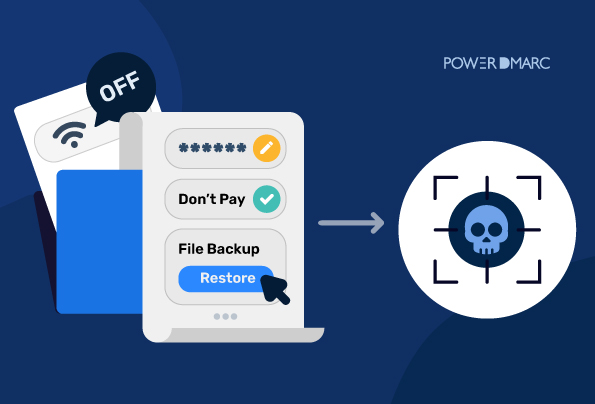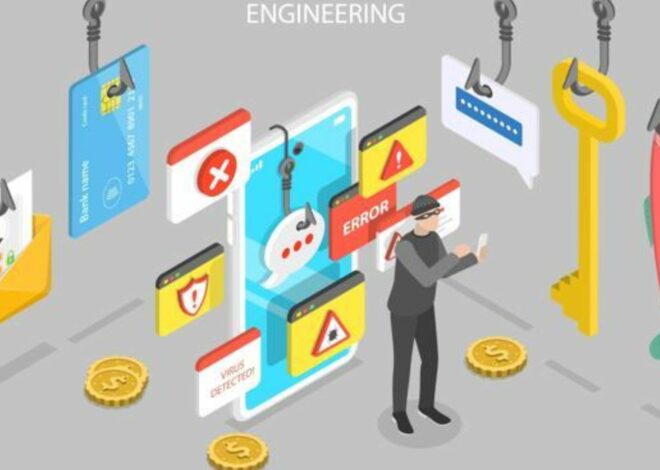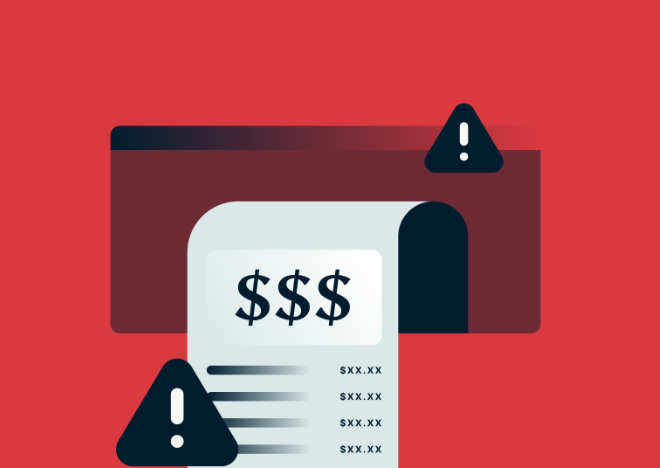
Tips to Recover Your Data From Ransomware Attacks
Are you a victim of a ransomware attack and struggling to recover your important data? Don’t panic! We’ve got you covered. In today’s digital era, ransomware attacks have become increasingly common, leaving individuals and businesses vulnerable to losing their valuable data. But with the right strategies in place, you can bounce back stronger than ever before. Our blog post “Tips to Recover Your Data From Ransomware Attacks” will provide you with practical tips and tricks that can help prevent future attacks while also helping you retrieve your lost data. So sit tight as we take you through some actionable steps towards restoring your precious files!
Table of Contents
What Is Ransomware?
How Does Ransomware Get Into Your Computer?
What To Do If You Become A Victim Of Ransomware?
How To Prevent Ransomware Attacks?
Tips to Recover Your Data From Ransomware Attacks
Conclusion
What Is Ransomware?
Ransomware is a type of malicious software that encrypts your files and demands a ransom in order to decrypt them. It can spread through email attachments, infected websites, or by being injected into legitimate websites that have been compromised. Once it has encrypted your files, it will display a message demanding payment in order to decrypt them. This payment is typically made in Bitcoin, which is a form of cryptocurrency. Ransomware attacks can be very devastating, as they can prevent you from accessing your important files. In some cases, victims have paid the ransom but still not been able to recover their files. It is important to note that paying the ransom does not guarantee that you will get your files back, and it also supports the criminal activity of the attackers. The best way to protect yourself from ransomware is to have backups of your important data so that you can restore it if needed.
How Does Ransomware Get Into Your Computer?
Ransomware is most often spread through email attachments or by clicking on malicious links. It can also be spread through infected websites or by downloading pirated software or other files from the internet. Once ransomware gets into your computer, it will encrypt your files and demand a ransom to decrypt them.
What To Do If You Become A Victim Of Ransomware?
If you become a victim of ransomware, the first thing you should do is disconnect your computer from the internet and power it down. This will prevent the ransomware from encrypting any more files and spreading to other computers on your network.
Next, you’ll need to contact a professional data recovery company like Data Rescue to begin the process of recovering your files. Data Rescue has experience dealing with all types of ransomware and can often successfully recover your data without having to pay the ransom.
If you don’t have a backup of your data, you may still be able to recover your files by using data recovery software like R-Studio or Photorec. These programs can sometimes recover files that haven’t been encrypted by ransomware.
Finally, you should report the attack to the appropriate authorities so they can help track down the attackers and prevent them from attacking other people.
How To Prevent Ransomware Attacks?
Ransomware attacks are becoming more and more common, and they can be devastating to both individuals and businesses. Here are some tips on how to prevent ransomware attacks:
1. Keep your software up to date: One of the best ways to protect yourself against ransomware is to make sure that all of your software is up to date. Cybercriminals often exploit vulnerabilities in outdated software to deliver ransomware, so keeping your software up to date is an important part of protecting yourself.
2. Use a reputable security suite: A good security suite can protect you against many types of malware, including ransomware. Be sure to choose a well-known and respected security suite, and keep it up to date.
3. Back up your data regularly: This is perhaps the most important tip of all when it comes to preventing ransomware attacks. By backing up your data regularly, you ensure that even if your system is compromised by ransomware, you will still have access to your data. Be sure to store your backups offline (on an external hard drive or USB drive) so that they cannot be encrypted by the ransomware.
4. Be cautious with email attachments: Many types of malware are spread via email attachments, so it’s important to be cautious when opening email attachments, even if they appear to come from a trusted source. If you’re not expecting an attachment, don’t open it!
5. Be careful what you click on: Another way that cybercriminals spread malware is by sending links that, when clicked, download the malware onto your system. Be very cautious about clicking on any link sent to you via email or posted on a website.
6. Use a firewall: Firewalls are an important part of protecting yourself against malware. A firewall can help block suspicious traffic from reaching your system and can also be used to monitor outbound traffic and detect any malicious activity.
7. Use anti-malware software: Anti-malware software can help detect and remove many types of malware, including ransomware. Be sure to keep your anti-malware software up to date to ensure that it is able to detect the latest threats.
Following these tips can help protect you against ransomware attacks and other types of malware. However, it is important to note that no security measures are 100% effective, so it is still important to be vigilant and take all possible steps to protect your system.
Tips to Recover Your Data From Ransomware Attacks
Ransomware is a type of malware that encrypts your files and holds them hostage until you pay a ransom to the attacker. It can be a devastating attack, but there are some steps you can take to try to recover your data.
First, if you have a backup of your data, you can restore your files from that backup. This is the best-case scenario, as it will allow you to avoid paying the ransom and getting your files back quickly.
If you don’t have a backup, you may still be able to recover your files by using data recovery software. This software can sometimes decrypt the encrypted files, but it is not always successful.
Finally, you can try contacting the attacker directly and negotiating with them for a decryption key. This is usually not recommended, as it gives the attacker what they want and encourages them to continue these types of attacks. However, if you have no other options and are willing to pay the ransom, this may be an option for you.
Conclusion
Recovering from a ransomware attack can be a daunting task, but with the right steps and resources, it is possible to get your data back. By following our 10 tips for recovering from ransomware attacks, you can regain control over your files and make sure you are better prepared should another attack occur in the future. With these tips in mind, you now have the tools to make sure that your data stays safe and secure.


